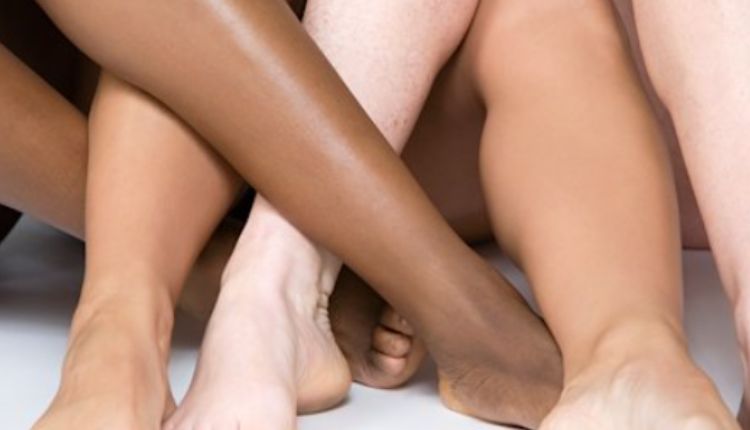Spider veins are small, twisted blood vessels that appear as blue or purple lines just under the surface of the skin. They are a common condition, affecting up to 60% of adults in the United States. While spider veins may not typically cause any serious health problems, they can still be a source of discomfort and self-consciousness for those who have them. So, it is best to consider boise spider vein treatment like sclerotherapy should be considered to relieve the symptoms.
We will discuss the top 5 risk factors for developing spider veins.
Family History
The most significant risk factor for developing spider veins is having a family history of them. If your parents or other close relatives have had spider veins, you are more likely to develop them as well. This is because genetics play a crucial role in the development of spider veins, and certain inherited traits can make you more prone to them.
Age
As we age, our veins naturally become less elastic and lose their ability to efficiently circulate blood. This can lead to the development of spider veins, especially in those over the age of 50. In addition, as we age, our skin also becomes thinner and more fragile, making it easier for spider veins to become visible.
Pregnancy or menopause
Hormonal changes during pregnancy or menopause can also increase the risk of developing spider veins. During pregnancy, the body produces higher levels of estrogen, which can cause the walls of blood vessels to relax and weaken, leading to the development of spider veins. Similarly, in menopause, a decrease in estrogen levels can also impact vein health.
Obesity
Being overweight or obese puts additional pressure on your veins, as well as increasing the risk of conditions such as high blood pressure and diabetes. This can lead to weakened vein walls and valves, making it easier for spider veins to develop.
Prolonged sitting or standing
If you have a job that requires you to sit or stand for long periods, you may be at an increased risk of developing spider veins. This is because staying in one position for too long can cause blood to pool in the legs, putting extra pressure on the veins and potentially leading to their appearance.
